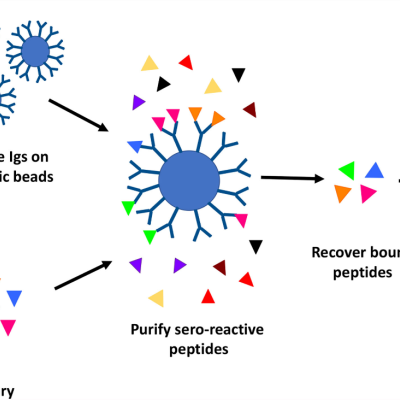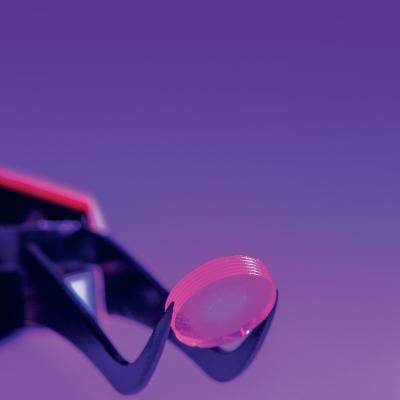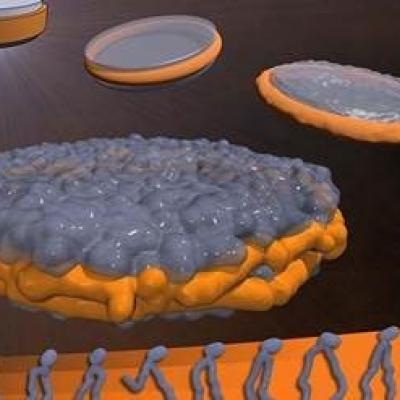The approach is to use peroxides to modify the reaction kinetics in the production of polysiloxanes. A radical initiator in the presence of a hydride-terminated polysiloxane will increase the rate of curing and reduce manufacturing costs. At a minimum a formulation would contain a hydride-terminated polysiloxane, a platinum catalyst, and an initiator that generates radicals. The content of…
Keywords
- Show all (102)
- Instrumentation (39)
- Synthesis and Processing (16)
- Diagnostics (13)
- Materials for Energy Products (6)
- Therapeutics (5)
- Additive Manufacturing (4)
- Material Design (4)
- Brain Computer Interface (BCI) (3)
- 3D Printing (2)
- Membranes (2)
- Magnet Compositions (1)
- Material Characterization (1)
- Polymer Electrodes (1)
- Rare Earth Elements (REEs) (1)
- (-) Vaccines (2)
- (-) Additively Manufactured (AM) Optics (1)
- (-) Structural Materials (1)

LLNL’s high throughput method involves proteome-wide screening for linear B-cell epitopes using native proteomes isolated from a pathogen of interest and convalescent sera from immunized animals. LLNL researchers have applied their newly developed generalizable screening method to the identification of pathogenic bacteria by screening linear B-cell epitopes in the proteome of Francisella…

LLNL researchers have developed a custom resin formulation which uses a dispersing solvent and only a multifunctional monomer as the binding agent. The dispersing solvent system typically used has multiple components meant to achieve excellent dispersal of silica in order to create a flowable resin (rather than a paste). The dispersing agent has low vapor pressure, which allows the 3D printed…

LLNL has developed a novel process of production, isolation, characterization, and functional re-constitution of membrane-associated proteins in a single step. In addition, LLNL has developed a colorimetric assay that indicates production, correct folding, and incorporation of bR into soluble nanolipoprotein particles (NLPs).
LLNL has developed an approach, for formation of NLP/…

